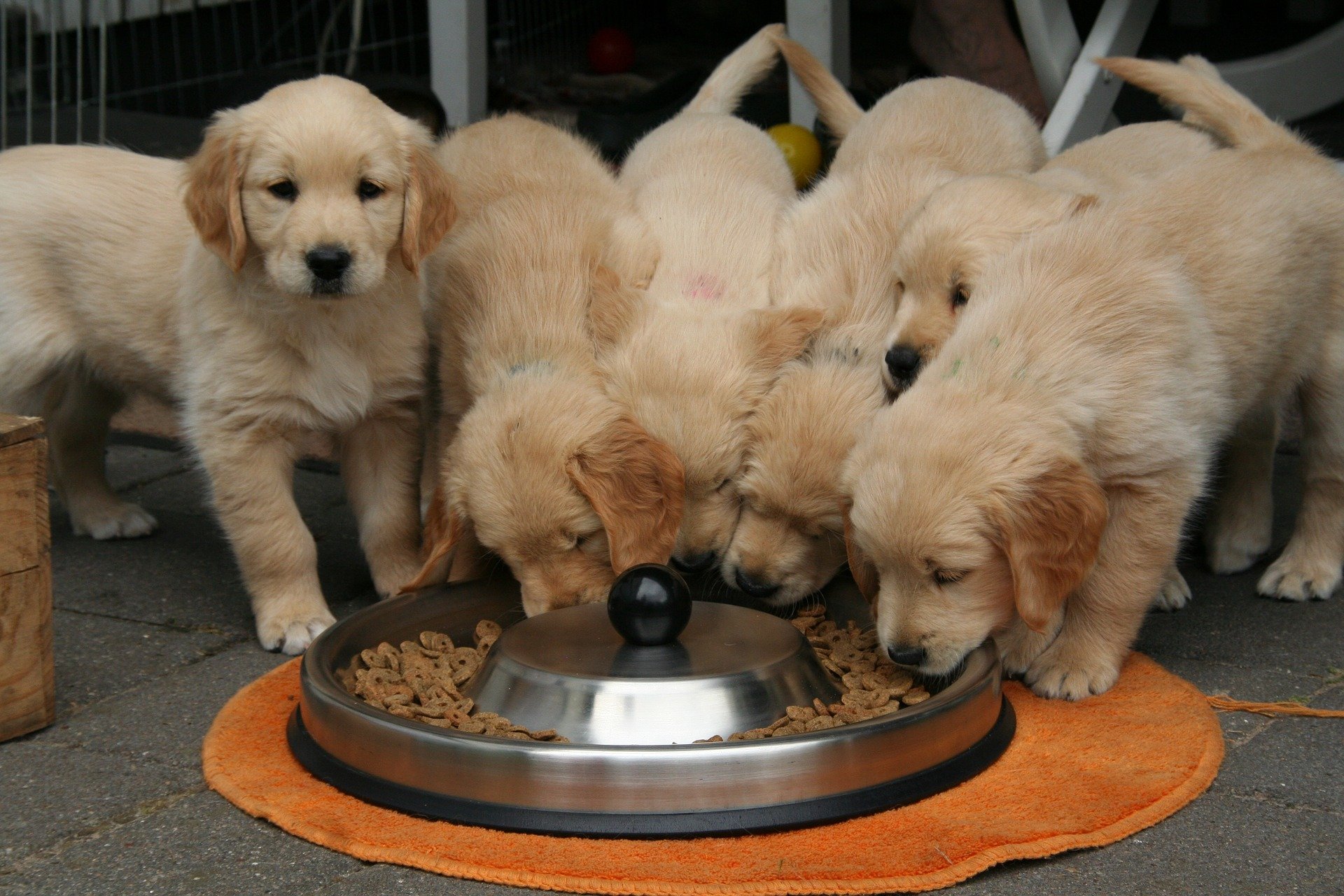When dealing with your beloved dog, picky eating can be extremely frustrating and worrying. It’s not as common these days as it used to be, since today’s dog food recipes have become much tastier and more nutritious than they have been in the past. But you can still find that it happens, and it can make mealtimes a dreaded experience for both sides. But if your dog is a picky eater, they may also have a health problem that needs to be addressed.
First, it’s critical to rule out the possibility of disease. If your dog suddenly develops a decreased appetite or begins refusing food, see your veterinarian as soon as you can. Anorexia can be a symptom of many medical issues such as:
- Cancer, kidney or liver issues
- Dental issues or other causes of mouth pain
- If your dog threw up after eating (even if it wasn’t related to the food they ate), it may make them associate the flavor of that food with their nausea, and consequently they might refuse to eat that food again because of the negative association.
- Food intolerances or allergies
- Anxiety
- Change in medication
However, for some dogs, pickiness has been a consistent trait for most of their life. Here are some tips that may help encourage your picky eater to eat properly.
Try making white rice and boiled chicken without the skin and bones. This is a classic food for dogs with upset stomachs, and can be tastier to dogs than kibble. It’s a great way to show you that your picky eater can eat a decent meal. While this will work for a few days, it’s not recommended to feed your dog solely on this food. Consult your veterinarian to come up with a feeding plan if you find that cooking hot fresh meals for your dog is the best way to go.
Avoid free-feeding. If a picky eater knows that food will always be available, they’re more likely to refuse until you give in and give them what they’re looking for (often human food that isn’t healthy for them). Offer your dog food on a rigid schedule, at the same time each day. After a certain period of time (15-30 minutes), remove the food bowl. Your dog will quickly learn that their food is available at a certain time, then it goes away until the next meal. *Note: Don’t do this if your dog is malnourished or elderly.
Be wise with your treats. Your dog may not eat their regular meals if they are full from the treats they’ve received throughout the day! If you ordinarily are liberal with your treats, now may be a good time to cut back. You can also trick your dog into eating more food by replacing training treats with your dog’s regular kibbles. This will help create a positive association with the taste of your kibbles and rewards.
Limit the different foods you try to feed your dog. This can cause an upset stomach like we mentioned before. Additionally, the more exposure your dog has to a variety of foods, the more likely they are to become picky. Essentially it’s better if they don’t know what they’re missing. Otherwise they’ll start refusing food they deem “less tasty”.
It’s worth it to make these changes to your dog’s feeding routine to make mealtimes an event to look forward to instead of dread!
Whether your dog is a picky eater or needs to learn basic commands, the professionals at Gulf Coast K9 Dog Training are a great place to start. Call today for training options and class schedules. We are proud to train dogs across Sarasota and Manatee Counties.





